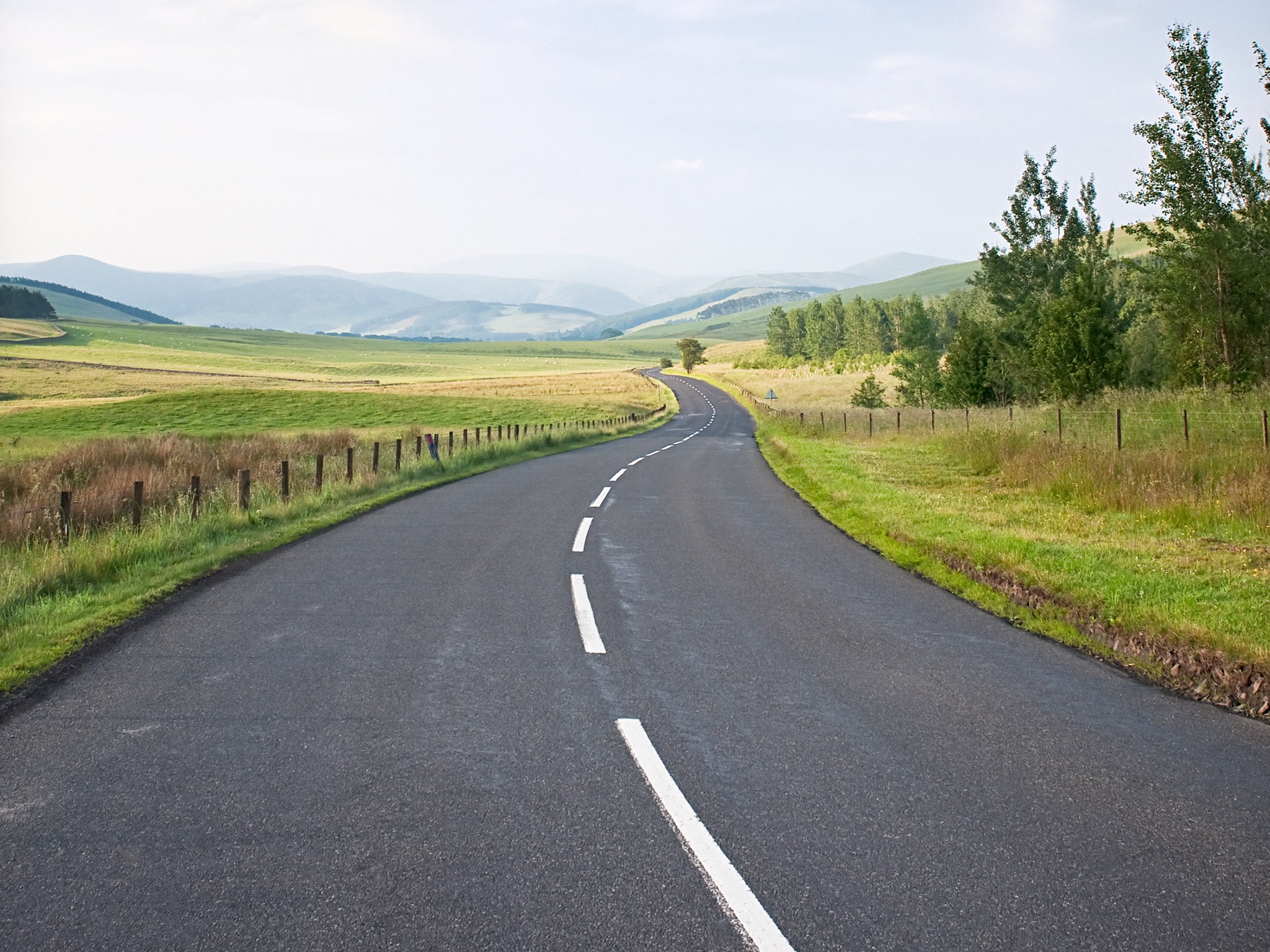The Independent's journalism is supported by our readers. When you purchase through links on our site, we may earn commission.
Road markings: Removing white lines may cause motorists to slow down, research finds
The AA’s head of road policy has disputed the findings

Your support helps us to tell the story
From reproductive rights to climate change to Big Tech, The Independent is on the ground when the story is developing. Whether it's investigating the financials of Elon Musk's pro-Trump PAC or producing our latest documentary, 'The A Word', which shines a light on the American women fighting for reproductive rights, we know how important it is to parse out the facts from the messaging.
At such a critical moment in US history, we need reporters on the ground. Your donation allows us to keep sending journalists to speak to both sides of the story.
The Independent is trusted by Americans across the entire political spectrum. And unlike many other quality news outlets, we choose not to lock Americans out of our reporting and analysis with paywalls. We believe quality journalism should be available to everyone, paid for by those who can afford it.
Your support makes all the difference.White lines on roads could become a thing of the past in an attempt to slow drivers down because blank roads cause uncertainty and motorists slow down as a result.
In a complete switch from received wisdom on congestion and road crashes, research suggests doing so, can cut the average speed on a road by 13 per cent.
So plans for a “shared space” pilot scheme are being drawn in Norfolk which could see lines removed on narrower roads near the Queen’s Sandringham Estate, according to The Times newspaper.
Similar trials have already taken place in Wiltshire and Derby and central markings – a feature of British roads for almost 100 years – have not been replaced on three roads in South London.
A 2014 trial by Transport for London found that “removing central white lines resulted in a reduction in vehicle speeds,” they said on their website.
“The results showed a “statistically significant” reduction in vehicle speeds - by a minimum of 5.4mph and maximum of 8.6mph - as a result of removing central markings,” they said.
Centre lines “can provide a psychological sense of confidence to drivers that no vehicles will encroach on ‘their’ side of the road”, they said.
“There can also be a tendency for some drivers to position their vehicles close to a white line regardless of the traffic conditions, believing it is their ‘right’ to be in this position,” they added.
Transport experts in the Netherlands also found that leaving drivers, pedestrians and cyclists to their own devices can be ideal, during a 2002 study.
Experiments in towns in the northern Friesland region found that busy junctions where two or three people had been knocked down and killed every year dropped to a zero death rate when they took the traffic lights away and put a tree in the middle of the street instead.
The unusual traffic arrangements forced motorists to heavily rely on eye contact with each other, pedestrians, cyclists and bus drivers instead of falling back on road signs and red lights to dictate their driving, slowing them down as a result.
The news was welcomed by the charity Roadpeace who told The Times that self-enforcing schemes were required as police budgets were cut.
The AA’s head of road policy disputed the research telling the paper that white lines saved lives.
Recent research from the organisation found that 15 per cent of drivers have very often or quite often experienced episodes where they can’t remember the last few moments, or longer, of their journeys.
Join our commenting forum
Join thought-provoking conversations, follow other Independent readers and see their replies
Comments